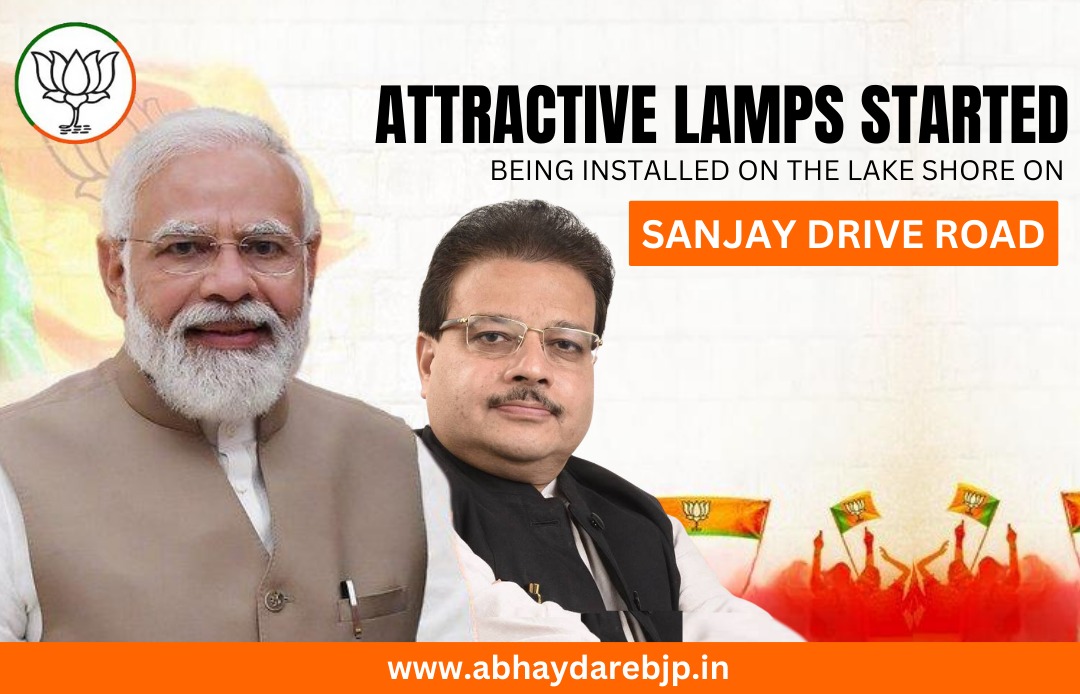On Friday, Rajasthan Chief Minister Ashok Gehlot announced the state’s decision to conduct a caste-based census, following the example set by Bihar. He made this announcement during a press interaction after a state party meeting held in Jaipur.
Gehlot, while addressing the media, stated, “Congress leader Rahul Gandhi introduced the concept of a caste-based census during the Raipur session of Congress, and we will implement it here accordingly. The Rajasthan government will conduct a caste-based census, similar to the one in Bihar. We will ensure that the census reflects the participation of people according to their population. We will provide instructions for conducting the caste-based census, following the Bihar model.”
Highlighting the significance of a caste-based census, Gehlot emphasized, “Effective social welfare programs can only be implemented when we have a comprehensive understanding of the caste-based demographics. Our country comprises various castes engaged in diverse occupations, and by knowing the population of each caste, we can formulate tailored schemes for their benefit.”
Previously, on October 2, the Nitish Kumar-led Mahagathbandhan government in Bihar released the findings of the caste-based survey conducted in the state. In response to the census release, Prime Minister Narendra Modi criticized the opposition party for allegedly exploiting the emotions of the poor and dividing the country along caste lines for six decades.
Congress leader Rahul Gandhi had also expressed the party’s intent to conduct a caste-based census if it came to power at the national level. He emphasized the benefits of such a census for all sections of society, particularly the Other Backward Classes (OBCs).
Moreover, in Chhattisgarh, Congress General Secretary Priyanka Gandhi Vadra announced a similar commitment to conduct a caste census if the Congress were re-elected to power in the state, mirroring the Bihar model. The Bihar census data revealed that the Other Backward Class (OBC) and Extremely Backward Class (EBC) together constituted 63 percent of the state’s population.



























